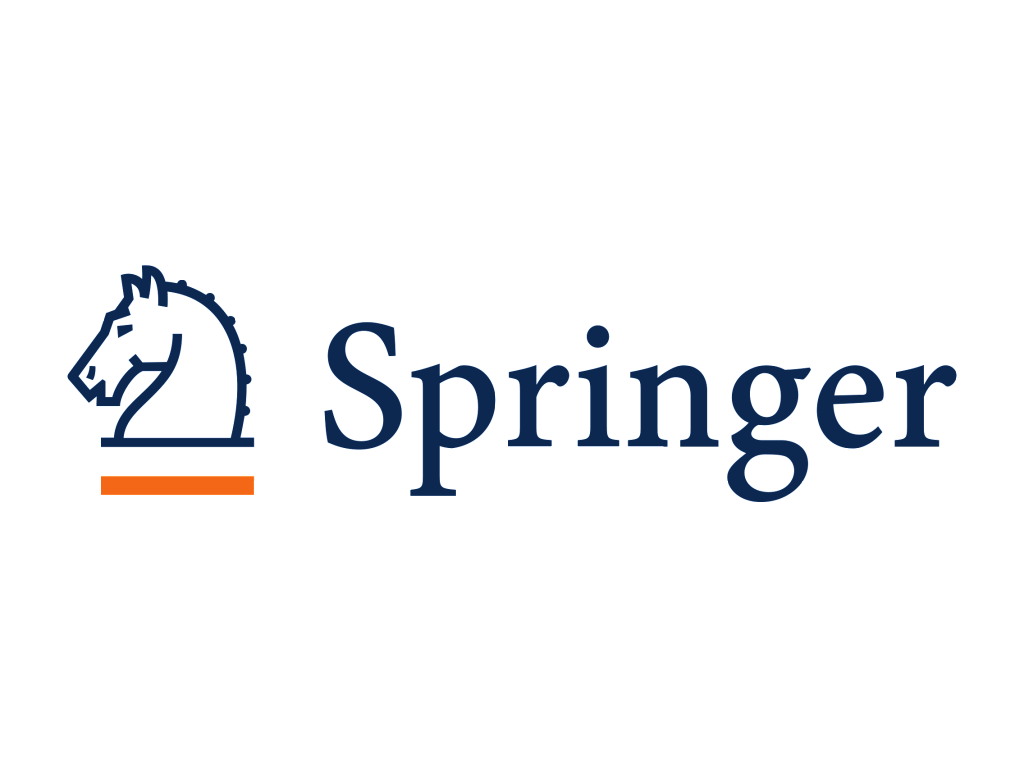Sponsors
Platinum

Bronze

Part of the 3rd World Congress on Formal Methods
All deadline times are AoE.
Submit electronically via the EasyChair submission page.
Static analysis is widely recognized as a fundamental tool for program verification, bug detection, compiler optimization, program understanding, and software maintenance. The series of Static Analysis Symposia has served as the primary venue for the presentation of theoretical, practical, and application advances in the area. The 26th Static Analysis Symposium, SAS 2019, will be held in Porto, Portugal. Previous symposia were held in Freiburg, New York, Edinburgh, Saint-Malo, Munich, Seattle, Deauville, Venice, Perpignan, Los Angeles, Valencia, Kongens Lyngby, Seoul, London, Verona, San Diego, Madrid, Paris, Santa Barbara, Pisa, Aachen, Glasgow, and Namur.
The technical program for SAS 2019 will consist of invited lectures and presentations of refereed papers. Contributions are welcomed on all aspects of static analysis, including, but not limited to:
New in 2019, special sessions will be organized around a trending topic in static analysis. For SAS 2019, we especially solicit Trends in Static Analysis contributions around the emerging convergence of static analysis and machine learning. Trends contributions are welcome on this convergence broadly construed, including, but not limited to:
Trends contributions will be refereed in the same manner and with the same standards as other contributions.
Submit electronically via the EasyChair submission page.
Submissions can address any programming paradigm, including concurrent, constraint, functional, imperative, logic, object-oriented, aspect, multi-core, distributed, and GPU programming.
As in previous years, we encourage authors to submit a virtual machine image containing any artifacts and evaluations presented in the paper. The goal of the artifact submissions is to strengthen our field’s scientific approach to evaluations and reproducibility of results. The virtual machines will be archived on a permanent Static Analysis Symposium website to provide a record of past experiments and tools, allowing future research to better evaluate and contrast existing work.
Artifact submission is optional. We accept only virtual machine images that can be processed with VirtualBox. The artifact should come with a virtual machine (VM) image and step-by-step instructions:
Please follow the instructions below to submit your artifact:
SAS 2019 will use a lightweight double-blind reviewing process. Following this process means that reviewers will not see the authors’ names or affiliations as they initially review a paper. The authors’ names will then be revealed to the reviewers only once their reviews have been submitted.
To facilitate this process, submitted papers must adhere to the following:
During the author response period, authors will be able to read reviews and respond to them as appropriate.
All workshops will be held on October 8, 2019.
Since 2014, the program committee of each SAS conference selects a paper for the Radhia Cousot Young Researcher Best Paper Award, in memory of Radhia Cousot, and her fundamental contributions to static analysis, as well as being one of the main promoters and organizers of the SAS series of conferences.

